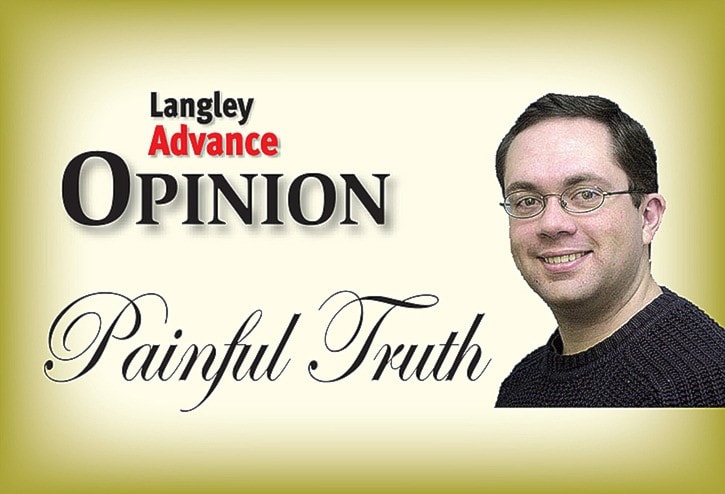The first time I saw Star Wars was in front of the old TV in my family’s den. One of the knobs had broken and we had to change the channels with a pair of pliers that sat on top of the set. I was somewhere between eight and 10 years old, and probably staying up a bit past my bedtime to catch the whole movie.
Star Wars was clearly the best thing that had ever been created by human hands. It had robots – droids! – and space ships and lightsabers, dogfights and narrow escapes, murderous villains, and chasms that could be swung across.
I saw the other two movies – possibly out of order – over the next year or so, on VHS and at friend’s houses. Since then, I have consumed and re-consumed the original films, the modified versions, and the prequels, not to mention various cartoon spinoffs, live action specials, and novelizations. I’ve even seen the soul-crushing Star Wars Holiday Special, featuring Jefferson Starship and a singing Bea Arthur.
It’s hard to strip away the accumulated detritus of the last few decades to remember what a visceral experience the first Star Wars films really were.
When it comes to plot and character, you get little more than the bare outlines – brave farm boy, roguish smuggler, steely princess, wise mentor, assorted furry or metallic sidekicks.
The bare bones are fun enough. But it’s the flesh on those bones that has made Star Wars what it was.
George Lucas famously wanted to create a “used future” look. Virtually every other science fiction movie up to that point had been clean and polished, chromed worlds filled with people in spotless interchangeable jumpsuits.
It was hard to imagine those people as living beings. They were too much like living action figures – plastic beings from plastic worlds.
Star Wars was different. Luke’s landspeeder floated along above the sands of Tatooine, but it had a hole in the front grill and was streaked with dirt. The Millennium Falcon looked lived in. Mos Eisley was a grimy town full of dangerous dives and people looking to make a quick buck. Armour was chipped and battered, clothing organic, hairstyles… well, it was the late ’70s.
Add to that the sound design – the hiss of Vader’s breathing, the hum of the lightsabers, the shriek of the X-Wing engines in the (soundless) vacuum of space.
There had already been science fictional worlds that felt big enough, complex enough that you could crawl right inside them. The centuries-spanning saga of Isaac Asimov’s Foundation trilogy, the baroque weirdness of Frank Herbert’s Dune novels, even the relatively clean and utopian Star Trek served as precursors.
But Star Wars pushed things to another level. It didn’t matter that the dialogue was sometimes stilted or the storytelling straightforward.
Star Wars was revolutionary not for the story it told but for the hundreds, the thousands of stories that it didn’t tell. It created a world big enough to contain bounty hunters and Ewoks, Wookiees and storm troopers, smugglers, gangsters, soldiers, miners, swamps, deserts, frozen worlds, monsters, space stations and more.
The reason we got six Star Wars movies, and now a seventh (and probably a dozen more to come) along with all those books and spinoffs and cartoons, is because Star Wars wasn’t just a story. It was, and still is, an engine for imagining an endless number of new stories. It’s still infecting little nine-year-old kids who sit in front of a screen and see droids and spaceships and lightsabers.
